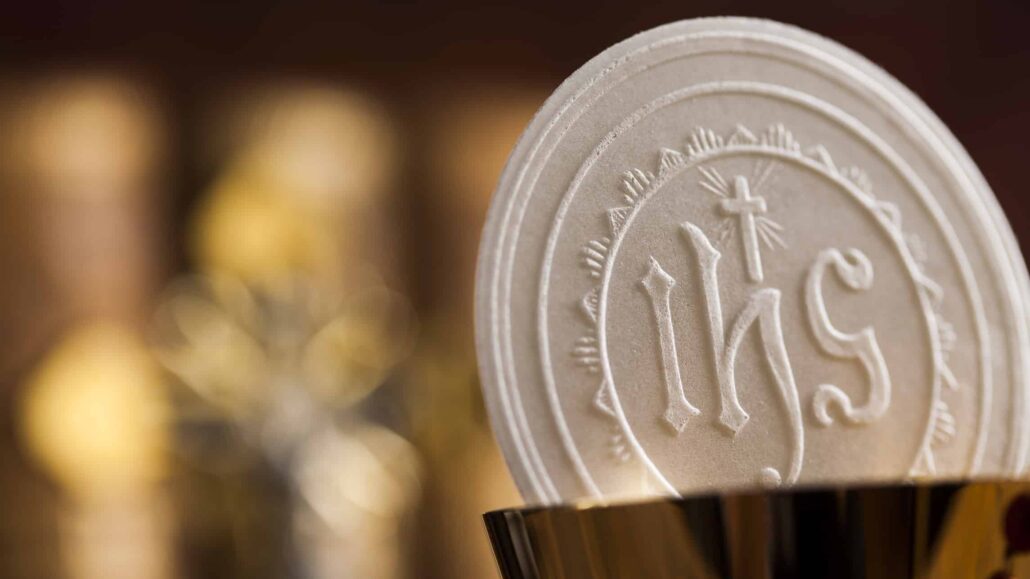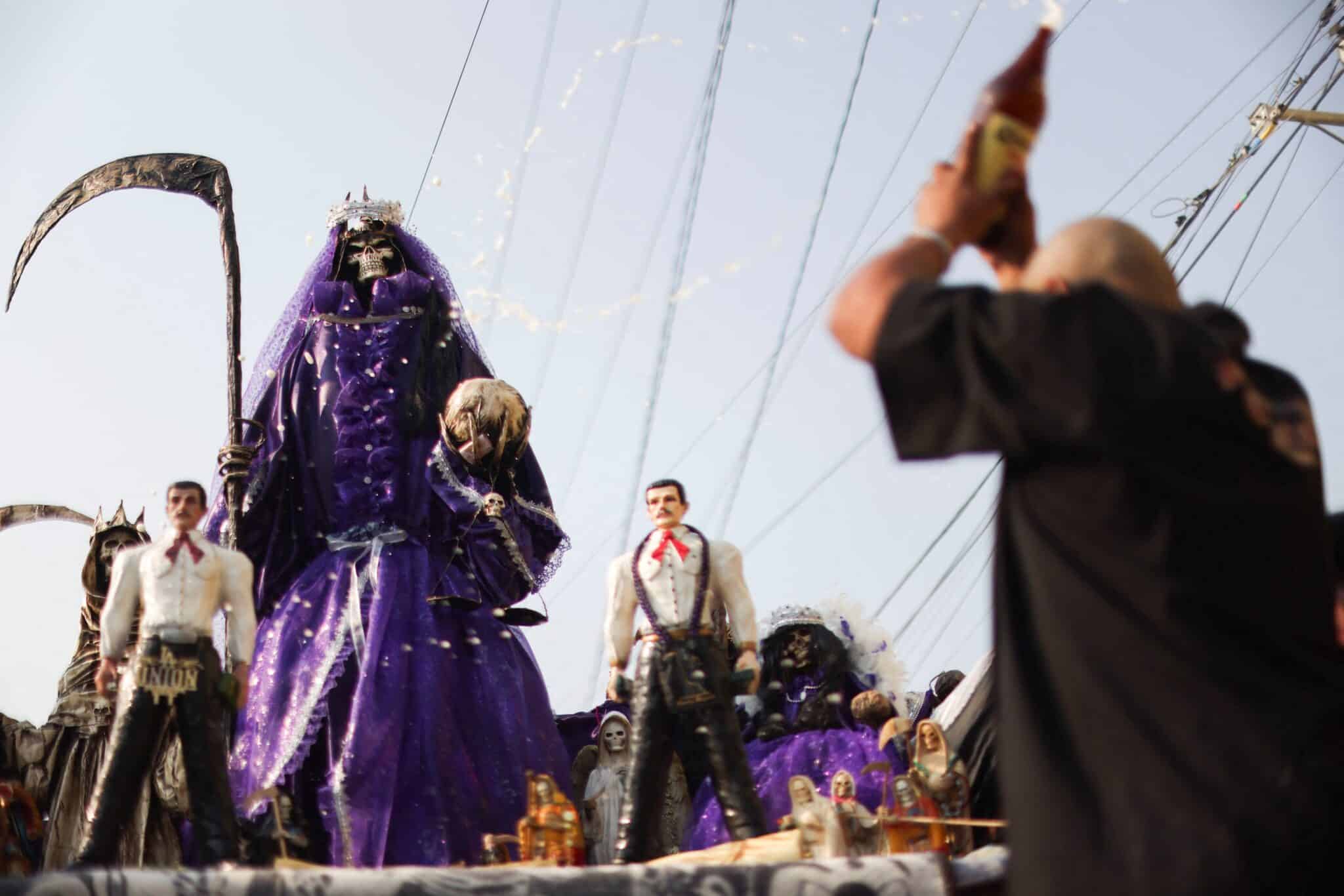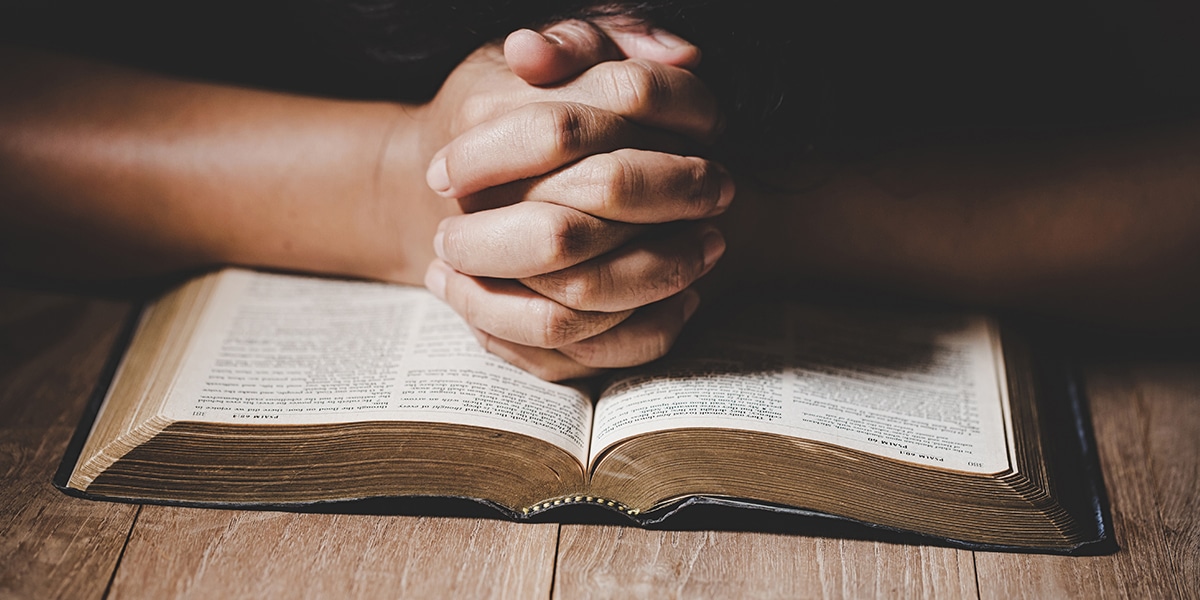The majority of weekday Masses that I attended in the 1950s were “Low Masses” that involved no singing. Most parishes had only one Sunday “High Mass,” where a choir did the singing.
In those days, Benediction of the Blessed Sacrament always required active participation, especially the singing of hymns.
While Mass was required on Sundays, Benediction was optional, often combined with popular devotions such as novenas.
‘Source and Summit’
When Vatican II described the Eucharist as the “source and summit of the Church’s life” (Constitution on the Sacred Liturgy, #10), Catholics began to participate more actively at Mass, now celebrated in their mother tongue.
Laypeople began serving as lectors and extraordinary ministers of the Eucharist. Some Catholics complained that a sense of reverence for and adoration of God was being lost as Benediction and adoration of the Blessed Sacrament became less frequent.
It is, however, the same Eucharist, whether it is celebrated at Mass or adored in Benediction. Jesus is completely present in each event, inviting us to become more generous disciples and more wholehearted “living signs” of his liberating Good News.
Benediction and adoration are now making a comeback in many dioceses and parishes—on a weekly or monthly basis. In some places the ongoing intention is greater respect for life or encouraging vocations to the priesthood or religious life.
Eucharistic adoration at World Youth Day draws thousands of people for vocal and silent prayer. It is also an important part of Cursillo weekends and many retreats. The desire to convert, to become more generous disciples of Jesus, has been reinforced for many people through prayer before the Blessed Sacrament.
‘Pledge of Future Glory’
The beautiful prayer: “O sacred banquet, in which Christ is received, the memory of his Passion is renewed, the mind is filled with grace, and a pledge of future glory is given to us. Amen.”
The Eucharist is indeed “a pledge of future glory,” a reminder of the eternal banquet to which we have been invited. Like the disciples at Emmaus, we recognize Jesus in “the breaking of the bread” (the Eucharist) and recognize that this sacrament strengthens our baptismal call to share the Good News of Jesus Christ.
The first liturgical abuse recorded in the New Testament involved Christians who used the Eucharist to reinforce economic divisions rather than to recognize that the Eucharist puts those divisions into God’s perspective (see 1 Corinthians 11:17-22).
Sometimes we learn that lesson while Mass is being celebrated. Often we learn it during prayer before the Blessed Sacrament. For many saintly women and men, such prayer has anchored their corporal and spiritual works of mercy.
Benediction and adoration can provide God’s nourishment for zealous but sometimes weary disciples.
Benediction/Adoration
From earliest Christian times, the Eucharist has been reserved so that it could be given to sick followers of Jesus. This eventually led to tabernacles, sanctuary lamps and prayer before the Blessed Sacrament. In the 13th century, the priest at Mass began raising the host after the consecration.
In the same century, the feast of Corpus Christi (Body and Blood of Jesus) became a worldwide feast. When a consecrated host was placed in a monstrance and the people were blessed with it, Benediction as we know it began. Corpus Christi processions brought the Eucharist past homes, businesses and fields, acknowledging that the Eucharist is lived out everywhere.







